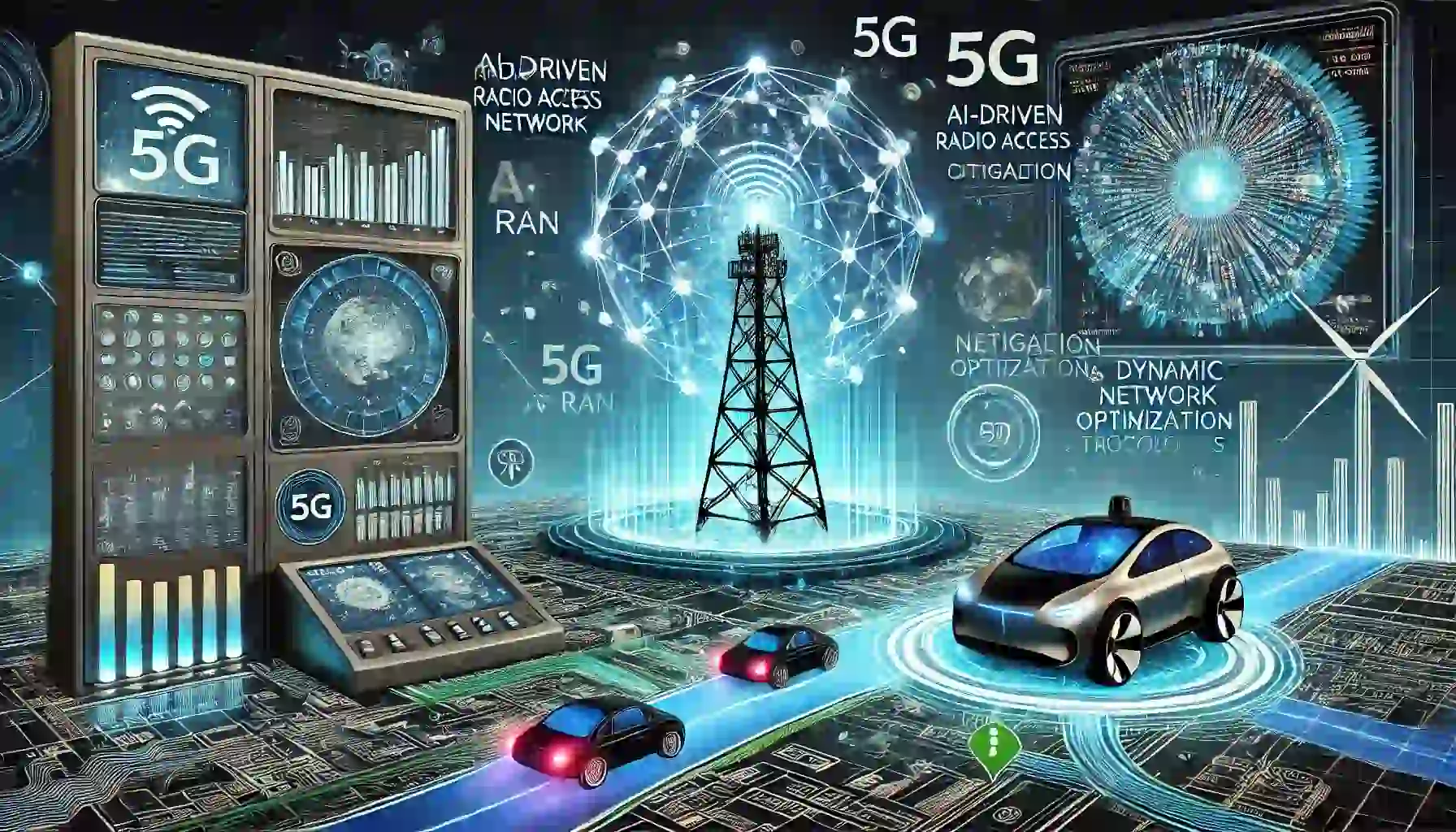The telecom industry is on the cusp of a transformative revolution fueled by the convergence of artificial intelligence (AI) and radio access networks (RAN). This evolution, known as AI-RAN, is poised to redefine the landscape of wireless networks, promising not only enhanced performance and efficiency but also a significant reduction in energy consumption, paving the way for a more sustainable future.
The Genesis of AI-RAN: A Necessity for Optimization
Traditional RAN architectures, while functional, often grapple with inherent limitations. These include static configurations that struggle to adapt to dynamic traffic patterns, leading to inefficiencies in resource utilization and energy consumption. As data traffic continues its exponential growth, these inefficiencies become increasingly pronounced, amplifying the industry’s carbon footprint and posing a significant challenge for operators striving to minimize their environmental impact while meeting the escalating demand for connectivity.
Enter AI-RAN, a paradigm shift that addresses these challenges by embedding AI capabilities directly into the heart of base stations. This intelligent integration empowers networks to dynamically adapt, optimize resource allocation, and predict potential issues, thereby unlocking unprecedented levels of efficiency, performance, and sustainability.
Deconstructing AI-RAN: A Technological Symphony
AI-RAN represents a sophisticated fusion of several key technologies, each playing a crucial role in orchestrating its transformative capabilities:
- Virtualized RAN (vRAN): AI-RAN often builds upon the foundation of vRAN, which virtualizes the functions of traditional, hardware-based base station components, allowing them to run as software on general-purpose servers. This virtualization introduces flexibility, scalability, and cost-effectiveness, enabling operators to adapt and expand their networks more efficiently.
- Multi-access Edge Computing (MEC): MEC extends the capabilities of AI-RAN by bringing computation and data storage closer to the edge of the network, where data is generated and consumed. This proximity minimizes latency, enhances real-time processing, and enables innovative applications that require immediate responsiveness, such as augmented reality, industrial automation, and autonomous vehicles.
- AI Algorithms: The heart of AI-RAN lies in its sophisticated AI algorithms, which analyze vast amounts of data generated by the network, including traffic patterns, signal strength, and interference levels. These algorithms learn from this data, adapt to changing conditions, and make intelligent decisions in real-time, optimizing the network for peak performance, efficiency, and reliability.
AI-RAN in Action: A Glimpse into the Future
To truly appreciate the transformative power of AI-RAN, let’s delve into some specific examples of how it can revolutionize network operations:
- Dynamic Resource Allocation: AI-RAN can dynamically allocate resources such as bandwidth and power to different users and cells based on their real-time needs and the prevailing network conditions. This ensures that resources are utilized efficiently, users experience optimal performance, and energy consumption is minimized.
- Interference Management: AI-RAN can effectively manage interference between different cells and users, a challenge that becomes increasingly complex with the densification of networks and the proliferation of connected devices. By intelligently mitigating interference, AI-RAN improves signal quality, enhances network capacity, and ensures a seamless user experience.
- Network Automation: AI-RAN can automate many tasks that were previously performed manually, such as network optimization, troubleshooting, and maintenance. This automation reduces operational costs, improves efficiency, and frees up human resources to focus on more strategic initiatives.
- Adaptive Learning: AI-RAN systems possess the remarkable ability to continuously learn and adapt to changing network conditions, ensuring that the network remains optimized over time. This adaptability is crucial in today’s dynamic telecom landscape, where traffic patterns, user behavior, and environmental factors can fluctuate rapidly.
The Promise of AI-RAN: A Glimpse into the Future
AI-RAN is still an emerging technology, but its potential to reshape the telecom industry is undeniable. As AI algorithms become more sophisticated and hardware capabilities continue to advance, AI-RAN will play an increasingly pivotal role in building the next generation of wireless networks.
Benefits for Operators:
- Reduced Operational Costs: AI-RAN can automate tasks, optimize resource utilization, and predict equipment failures, leading to significant cost savings.
- Improved Network Performance: AI-RAN can enhance network capacity, coverage, and reliability, ensuring a superior user experience.
- Increased Revenue Opportunities: AI-RAN can enable new revenue streams through innovative edge applications and services.
- Enhanced Sustainability: AI-RAN can minimize energy consumption and reduce the environmental impact of telecom networks.
Benefits for Consumers:
- Faster Speeds and Lower Latency: AI-RAN can optimize network performance, leading to faster download and upload speeds, as well as reduced latency for applications such as gaming and video streaming.
- Improved Reliability: AI-RAN can enhance network stability and resilience, minimizing outages and ensuring a consistent user experience.
- Innovative Applications: AI-RAN can enable new and exciting applications that require real-time processing and low latency, such as augmented reality and virtual reality experiences.
Bodcomm’s Commitment to AI-RAN
At Bodcomm, we are passionate about developing and deploying AI-RAN solutions that help operators harness the full potential of this transformative technology. Our expertise in AI algorithms, network optimization, and sustainable practices allows us to create solutions that not only enhance network performance but also minimize environmental impact.
Conclusion: Embracing the AI-RAN Revolution
AI-RAN represents a paradigm shift in the telecom industry, promising to revolutionize the way we build, manage, and experience wireless networks. By embracing this intelligent technology, we can unlock unprecedented levels of performance, efficiency, and sustainability, paving the way for a future where connectivity is seamless, reliable, and environmentally responsible.
A Call to Action:
- Explore the Potential of AI-RAN: If you’re a telecom operator, now is the time to explore the transformative potential of AI-RAN. Research the technology, evaluate its benefits, and consider how it can help you achieve your business goals.
- Partner with Bodcomm: Bodcomm is your trusted partner in navigating the AI-RAN landscape. Our expertise in AI algorithms, network optimization, and sustainable practices can help you implement AI-RAN solutions that deliver tangible results.
- Embrace the Future of Telecom: AI-RAN is the future of wireless networks. By embracing this intelligent technology, we can build a more connected, sustainable, and innovative world.
Join us on this exciting journey as we transform telecom with the power of AI-RAN.
